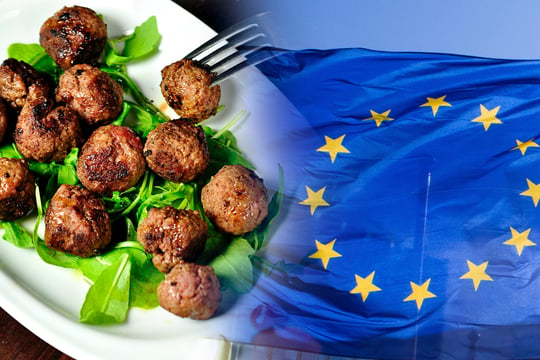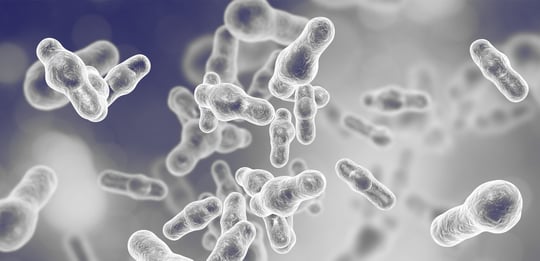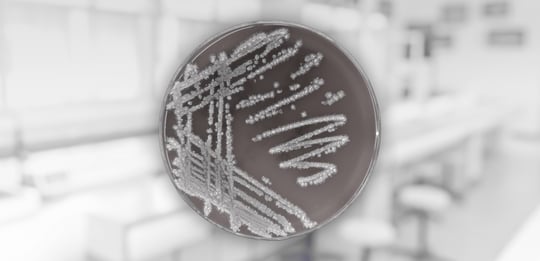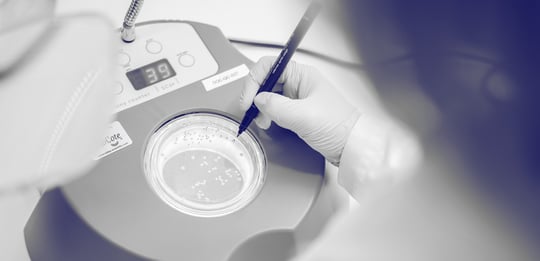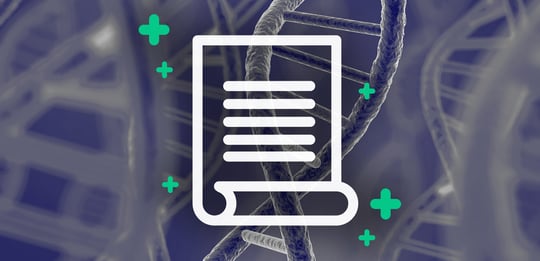
Genetically modified microorganisms (GMMs) are widely used to produce food products in the EU. Examples of such products include valuable molecules such as enzymes, amino acids, vitamins or sugars. The contained use of such GMMs is common practice. This raises the question: are the final products labelled as genetically modified foods and what kinds of products would require that in the EU?
What counts as a genetically modified food product in the EU when it comes to micro-organisms?
The products of microbial fermentation in the EU market are generally not genetically modified products and therefore labelling requirements do not apply. Currently, the main principle is that if the final product (e.g. purified protein) does not contain viable cells of the production microorganism or detectable amounts of its DNA, with a detection limit of 10 ng DNA/1 g product, the product falls outside the scope of the European regulation on genetically modified food and feed (EC) 1829/2003. The vast majority of companies have been able to meet these requirements.
How are new genomic techniques regulated in the EU?
New genomic techniques (NGTs) is an umbrella term for a variety of techniques that can alter the genetic material of an organism and which have emerged since 2001, when the existing Directive 2001/18/EC on the deliberate release into the environment of genetically modified organisms (the GMO Directive) was adopted.
The use of NGTs has made significant progress over the last decade making it possible to modify the genetic material of an organism so that the product does not contain any foreign genetic material at all. Genetically modified microbes, plants, and even animals can be developed faster, with less cost and with more accuracy. New genomic techniques are as safe as traditional breeding or old ways of genetic modification. NGTs are used in health biotechnology, industrial biotechnology and plant biotechnology, and they are rapidly replacing old cloning techniques.
Although in many cases it is impossible to distinguish NGT products from those developed through conventional breeding, the Court of Justice of the European Union clarified in 2018 that organisms from new mutagenesis techniques fall within the scope of the GMO Directive. For products of microbial fermentation, when NGTs are used in the development of the production organism, the GMO Directive would be applied if the final product contains viable cells of the genetically modified microorganism. Viable GMMs would thus count as deliberate release, meaning the intentional, uncontained introduction into the environment of a GMO.
Specific challenges for genetically modified microorganisms and their products
If it is not technologically feasible to purify the fermentation product from the DNA of the production strain, the product will fall under the Regulation on genetically modified food and feed. There is an EFSA GMO panel guidance on GMMs in foods from 2011, but all other necessary guidance documents thereafter have been written for genetically modified plants. With the increasing number of companies using microbial fermentation to produce foods, there is a need to develop proper guidance and regulatory pathways for GMMs, too.
To give two examples of how microbial products have been ignored in EU documentation:
- A detection method must be developed and submitted to the European Network of GMO Laboratories (ENGL) for the detection of GMOs in the market. The document describing the methodological requirements is currently being written for genetically modified plants. Applying the document to microorganisms or products of microbial fermentation is challenging.
Is the regulation going to change?
Despite a study by the EU Commission concluding that "there are strong indications that the current legislation is not appropriate for some GMOs and their products and that it needs to be adapted to scientific and technological progress," regulatory changes are still pending.
Genetic modification and food products made with the help of new genomic techniques can make our foods safer, more abundant, and less demanding of resources. There is an ongoing discussion in the political sphere of what the actual risks are and hopefully regulators will abide by the findings of the scientific community. Biotechnology holds great potential to make global food systems more sustainable and further the objectives of the European Green Deal.
Does your microorganism fulfil the EU's safety requirements?
Topic:

